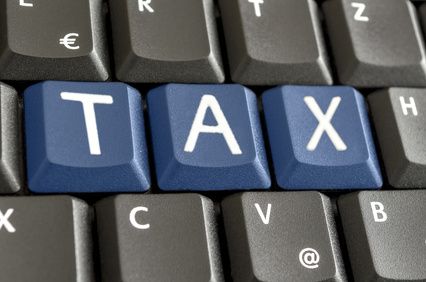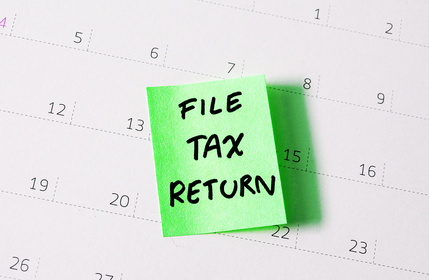 As a sole trader or self-employed person you won't have to pay tax on your earnings until 31 January the year after your first accounting period ends. Finding out how much tax you will have to pay when you first tax return is submitted can come as a bit of a shock especially if you haven't saved for your tax bill during the year. Do you understand how Self-Assessment tax works?
As a sole trader or self-employed person you won't have to pay tax on your earnings until 31 January the year after your first accounting period ends. Finding out how much tax you will have to pay when you first tax return is submitted can come as a bit of a shock especially if you haven't saved for your tax bill during the year. Do you understand how Self-Assessment tax works?
Your accounting period is generally a 12 month period from the date you start your business, however you can choose to have a short accounting period in your first year but each subsequent accounting period must be 12 months. It is generally easier to have an accounting period ending 31 March as it ties in with the tax year. So if you started your business on 1st August your first year would be 8 months to 31 March and each subsequent year would run from 1st April to 31st March.
If you choose to end your accounting period on 31 March your first tax return and first payment of tax will be due by 31 January the following year. If you started your business on 1 August then you will have 8 months plus a further 9 months of trading before you will have to pay any tax.
When your tax return is submitted you will receive a tax calculation showing how much tax and National Insurance Contributions are due on the net profit of your business for that period. Net profit is trading income less business expenses. At the same time, if the tax due is more than £1,000, you will also be required to make a payment towards next year's tax bill. The tax calculation for the next year assumes you will have the same net profit as you have just declared and will require you to pay 50% of that tax in advance (as a payment on account). Six months later, by 31 July, you will be required to make another 50% payment on account.
By 31 July you will have paid all your tax for your second year of trading assuming that your net profit is the same as the first year. If you have a higher profit you will pay more tax by the next 31 January, if you have lower profit and have therefore paid too much tax you could receive a tax refund.
For example:
Accounting Period April 2016 to March 2017 - Tax payment of £5,000 plus 50% advance payment of £2,500 towards April 2017 to March 2018 net profit Total Due by 31 January 2018 - £7,500
50% advance payment of £2,500 payable by 31 July 2018 towards April 2017 to March 2018 net profi
Balance of tax due for April 2017 to March 2018 if net profit has increased - say £1,000 - plus 50% advance payment of £3,000 (as net profit for the year increased) towards April 2018 to March 2019 net profit Total Due by 31 January 2109 - £4,000
50% advance payment of £3,000 payable by 31 July 2019 towards April 2017 to March 2018 net profit
 As you can see, if your business is making a profit and you have tax due of more than £1,000 you may have a significant tax bill to pay the first year that you pay tax. Your personal tax allowance will be deducted before tax is calculated so for 2017-18 you will have £11,500 before tax is calculated.
As you can see, if your business is making a profit and you have tax due of more than £1,000 you may have a significant tax bill to pay the first year that you pay tax. Your personal tax allowance will be deducted before tax is calculated so for 2017-18 you will have £11,500 before tax is calculated.
The payment you make will also include your Class 2 National Insurance Contributions for the year and your Class 4 National Insurance Contributions which are also calculated on your net profit.
As a self-employed person or sole trader you are still entitled to your tax free income which for 2017-18 is £11,500 and this will be deducted from your net profit before tax is calculated. Class 4 National Insurance Contributions are calculated on net profit above £8,164 for 2017-18.
Be prepared for your tax bill when you file your first tax return. It could come as a bit of a shock, especially if you haven't been saving towards it!
